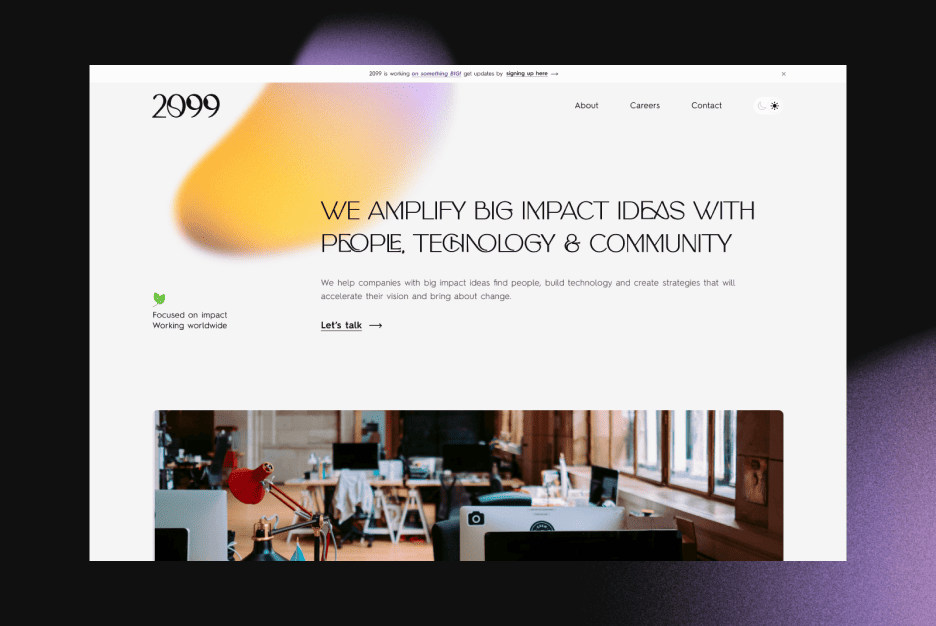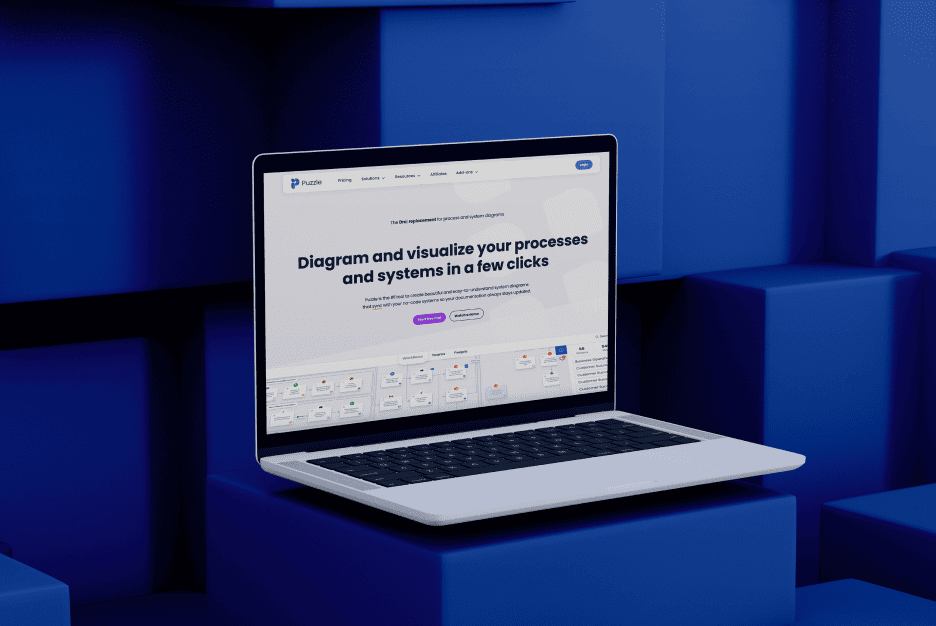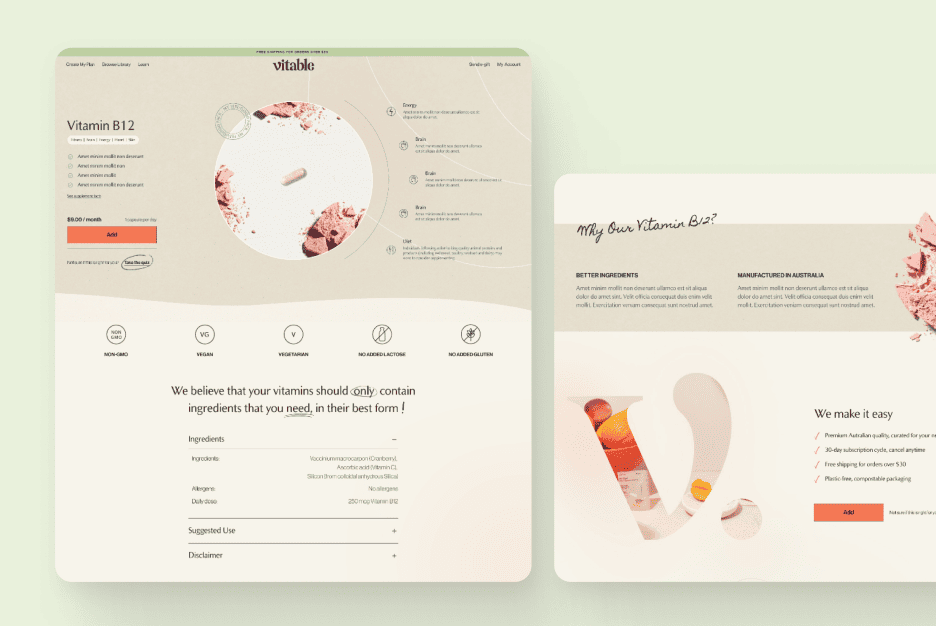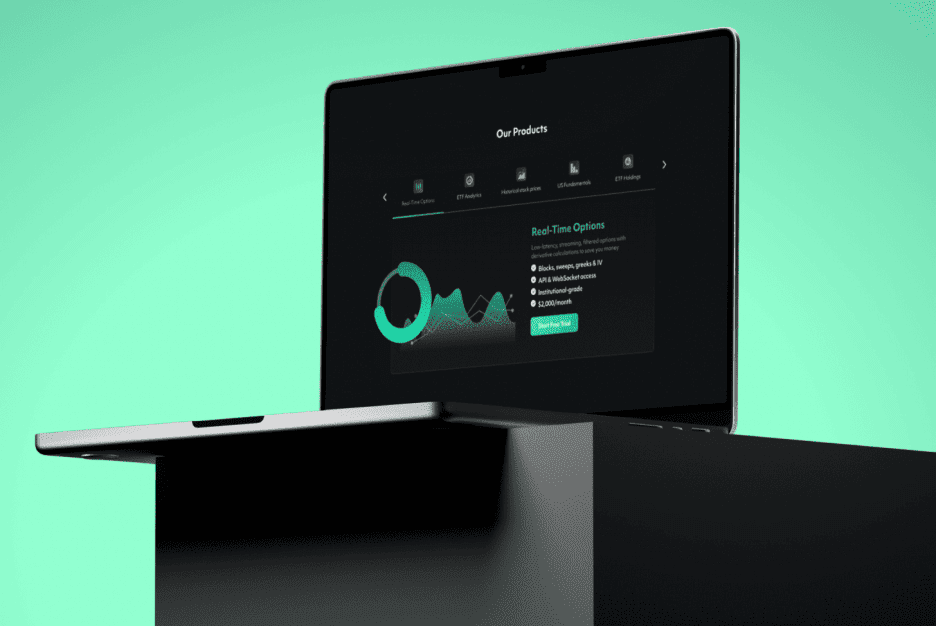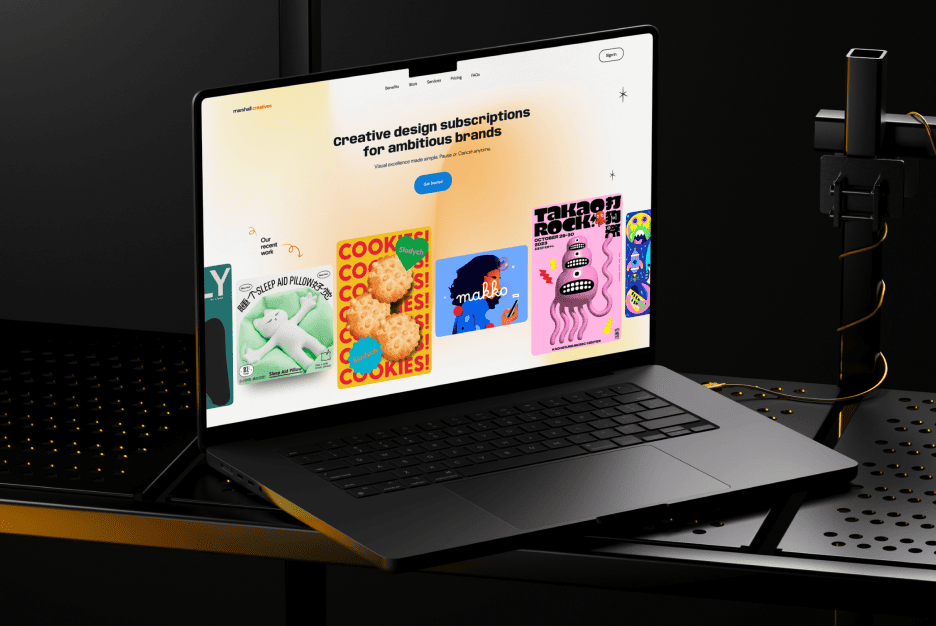At Almax, we believe in the transformative power of design. Imagine a world where every tap, swipe, and click feels like magic. That’s the power of micro-interactions. These tiny, often overlooked design elements are the secret sauce that transforms good user experiences into unforgettable ones. In fact, a study found that integrating micro interactions into UI boosts their appeal, engagement, and ease of use, ultimately enhancing the overall user experience.
As experts in UI/UX design, we’ve seen firsthand how these small details can make a big impact. Whether we’re crafting sleek websites or developing intuitive mobile apps, micro interactions are at the heart of creating seamless, delightful user experiences.
In this blog, we’re going to explore the cutting-edge world of micro-interactions in 2024. From AI-driven personalization to augmented reality enhancements, we’ll uncover the trends that are reshaping how users interact with digital products. Whether you’re a startup founder, a UX designer, or an enterprise decision-maker, this guide will equip you with the knowledge to leverage micro-interactions for maximum impact. Get ready to elevate your UX game with Almax!
Understanding Micro Interactions in Modern UX/UI Design
What Are Micro Interactions?
Micro-interactions are the small, subtle animations and feedback mechanisms that occur during a user’s interaction with a digital interface. They’re the little details that make using an app or website feel smooth, intuitive, and even delightful. Think of the satisfying “swoosh” sound when you send an email, or the subtle vibration when you toggle a switch in your phone settings. These are micro-interactions at work!
At their core, micro-interactions serve three primary purposes:
- Provide immediate feedback on user action
- Guide users through tasks or processes
- Enhance the overall user experience by adding moments of delight
Effective micro-interactions are often so seamlessly integrated that users don’t consciously notice them. Instead, they contribute to a sense of polish and responsiveness that makes the interface feel alive and reactive.

The Impact of Micro Interactions on User Experience
The impact of well-designed micro interactions on user experience cannot be overstated. They play a crucial role in improving usability by providing instant feedback, helping users understand the results of their actions, and reducing confusion and errors. Moreover, these small, delightful interactions can make using an app or website more enjoyable, encouraging users to spend more time with the product and enhancing overall engagement.
Micro-interactions also contribute significantly to building brand identity. Unique interactions can become signature elements of a brand’s digital presence, making the experience more memorable and distinctive. By providing subtle cues and animations, they can direct users’ attention and guide them through complex processes or new features, effectively reducing cognitive load and making interfaces more intuitive.
Top Micro Interaction Trends for 2024
AI-Driven Personalized Micro Interactions
With the rapid advancement of technology, it’s crucial to stay updated on How AI Has Been Affecting UX Design to leverage its potential in creating more intuitive and personalized micro interactions. In 2024, we’re seeing a surge in AI-powered personalization that makes these tiny interactions feel tailor-made for each user. Predictive text algorithms are becoming smarter, not just anticipating what users want to type, but how they want to say it, adapting to individual communication styles and preferences.
Emotion-responsive interfaces are emerging as a game-changer. Advanced facial recognition and sentiment analysis enable interfaces to adapt in real-time based on user emotions. Imagine a productivity app that detects frustration and offers a calming animation or a supportive message, or a video streaming service that adjusts its recommendations based on your current mood.
Some key trends in AI-driven micro interactions include:
- Context-aware animations that adjust based on user behavior and environment
- Learning curves that adapt to individual user progress during onboarding
- Personalized haptic feedback tailored to user preferences and device usage patterns
Voice and Gesture-Controlled Micro Interactions

As voice assistants and gesture recognition technology become more sophisticated, we’re seeing a rise in micro-interactions that don’t require touch at all. Whisper commands are becoming a reality, with ultra-sensitive microphones enabling subtle voice controls. This allows for more discreet interactions in public spaces or shared environments.
Micro-gestures are also gaining traction. Small, precise hand movements are becoming capable of controlling intricate interface elements. This opens up new possibilities for hands-free interaction, particularly useful in scenarios where touch input might be inconvenient or impossible.
Emerging trends in this area include:
- Eye-tracking feedback for intuitive navigation on larger screens or in VR
- Voice-activated animations that bridge the gap between voice and visual interfaces
- Gesture shortcuts that simplify complex actions into intuitive movements
Augmented Reality (AR) Enhanced Micro Interactions
Augmented Reality is opening up exciting new possibilities for micro-interactions that blend the digital and physical worlds. Spatial UI elements are becoming more common, with interface elements existing in 3D space around the user, responding to physical movement and proximity. This creates a more immersive and intuitive interaction model, particularly for complex data visualization or 3D modeling tasks.
Real-world object interactions are blurring the lines between digital and physical. Users can point their devices at products in a store and watch micro animations provide additional information or options. This enhances the shopping experience and provides a new channel for businesses to engage with customers.
Key developments in AR micro interactions include:
- Environmental responsiveness, where digital elements react to real-world lighting and surfaces
- AR gesture controls that feel more natural and intuitive
- Holographic buttons with mid-air haptic feedback
Innovative Micro Interactions Examples 2024

Apple Watch: Haptic Notifications
The Apple Watch uses haptic feedback to create subtle yet effective micro-interactions. When you receive a notification, the watch doesn’t just display it visually – it taps your wrist with a gentle vibration pattern. Different types of notifications have distinct haptic patterns, allowing users to distinguish between, say, a text message and a calendar reminder without even looking at the screen. This use of haptics creates a more intimate and less disruptive notification system, perfect for a wearable device. It’s a great example of how micro-interactions can extend beyond the visual realm to create a more holistic user experience.
Apple Watch: Gesture-Based Wake
The Apple Watch also employs a gesture-based micro interaction for waking the device. When you raise your wrist as if to look at the watch face, the screen automatically lights up. This natural gesture recognition creates a seamless interaction that feels almost like magic. It’s an excellent example of how micro-interactions can anticipate user intent and respond accordingly, reducing the need for explicit user input and making the device feel more responsive and intuitive.

Google Maps: AR Micro Interaction
By 2024, Google Maps has perfected a subtle yet powerful micro-interaction that seamlessly blends the physical and digital worlds thanks to Geospatial AR features. Here’s how it works:
As you walk through a city with your phone in hand, Google Maps quietly monitors your location and orientation. When you approach a point of interest, like the Eiffel Tower in Paris, the app triggers a micro-interaction. Your phone emits a gentle, distinct haptic pulse – so subtle you might mistake it for a notification. This pulse is your cue that AR content is available.
In response to this haptic signal, you simply tilt your phone upward as if to take a photo. This natural gesture immediately activates the AR overlay without any need to tap buttons or navigate menus. The real-world view on your screen is instantly enhanced with historical imagery, like a visualization of the 1900 Exposition Universelle.
This micro-interaction – a subtle haptic cue followed by a simple, intuitive gesture – exemplifies the future of user interface design. It’s unobtrusive, requiring minimal user effort, yet it opens up a rich world of information. The interaction is so fluid and contextual that it feels like a natural extension of the physical act of exploring a new place, seamlessly bridging the gap between digital assistance and real-world discovery.
Implementing Micro Interactions in Your Digital Product
Implementing effective micro-interactions requires a thoughtful approach that balances creativity with user needs and technical constraints. The process begins with identifying opportunities for micro-interactions within your product. This involves conducting thorough user journey mapping to pinpoint pain points and moments of potential delight in your current interface. Analyzing user behavior data can reveal patterns in how users interact with your product, highlighting areas where micro interactions could improve the experience.
When implementing micro-interactions, consider the following key aspects:
- Balancing functionality and delight: Ensure each micro-interaction serves a clear purpose while adding charm to the interface.
- Consistency across platforms: Develop a micro-interaction style guide to maintain a cohesive experience across different devices and operating systems.
- Accessibility considerations: Design micro-interactions that enhance, rather than hinder, accessibility for all users.
- Performance impact: Monitor and optimize the performance impact of micro-interactions to maintain smooth user experiences.
Regular testing is essential throughout the implementation process. Conduct usability tests to ensure that micro-interactions are helping, not hindering, task completion. Pay attention to performance impacts, ensuring that these interactions don’t significantly affect load times or device performance. Cross-platform testing is also crucial to ensure consistent behavior across different devices and operating systems.
By following these guidelines and maintaining a user-centric approach, you can successfully implement micro-interactions that enhance your digital product, creating a more engaging, intuitive, and delightful user experience. For a comprehensive approach to improving your overall UX, consider incorporating Results Focused Web Design strategies alongside your micro interaction implementations.

Conclusion: Embracing Micro Interactions for Enhanced User Experience
Micro-interactions are the unsung heroes of exceptional user experiences, transforming ordinary digital products into extraordinary ones. As we’ve explored, the landscape of micro-interactions in 2024 is rich with innovation, from AI-driven personalization to AR-enhanced interactions. These small but mighty design elements have the power to delight users and drive engagement, creating a profound impact on your digital product’s success.
The key to successful micro-interactions lies in their subtlety and purpose. They should enhance, not overshadow, the core functionality of your product. By focusing on user needs, maintaining consistency, and prioritizing accessibility, you can create micro-interactions that truly elevate your user experience. Whether you’re a startup launching a new digital product or a large company embarking on a fresh project, implementing effective micro-interactions can be a game-changer.
Ready to take your digital product to the next level with cutting-edge micro-interactions? Don’t let your competition outpace you in the rapidly evolving digital landscape. Contact Almax today to discuss how our team of experts can help you implement innovative micro-interactions that will set your product apart!
